Category Archives: Photography
"I’m shooting infrared. My main output is RAW files, and any JPGs are just aides memoire. Between my raw processor and Photoshop I’m going to do some fancy channel mixing to either add false colour, or take it away entirely and generate a monochrome image. So I’m assuming my white balance doesn’t matter. Is that right?"
Nope, and this article explains why. If you’re struggling with, or puzzled by, the role of white balance in infrared photography, hopefully this will help untangle things.
View featured image in Album
I’ve just finished processing my 3D shots from Myanmar. If you have a 3D TV or VR goggles, download a couple of the files from the following link and have a look. https://www.andrewj.com/public/3D/ Continue reading →
I’ve been asked a number of times recently how I manage to write my blog during the often hectic schedule of my trips. It is sometimes a challenge, but it’s something that I want to do, and so I make Continue reading →
Well, I’m back! Apart from a mad dash the length of Bangkok airport which got us to our plane to the UK with only a couple of minutes to spare, the flights home were uneventful and timely. Here’s my traditional Continue reading →
I have to confess, this post is a conflation of two fairly separate topics, and I struggled to find a common theme, but I think I’ve just about pulled it off. Apologies if you disagree. I’m just working through some Continue reading →
Wednesday, February 1, 2017 in
Photography,
Thoughts on the World
The blog has been looking a bit light on pictures recently. Meanwhile I’m beavering away trying to finish tidying up the Bhutan pics before I’m off to Burma in February. This morning I discovered a series of four similar close-ups Continue reading →
Last night was crisp, clear, cold and very still – theoretically ideal conditions for photographing the lights at Albert Dock with reflections in the water. I couldn’t get out any earlier, but did manage to take my Sony RX100 with Continue reading →
Wednesday, November 30, 2016 in
Photography
Apologies if it’s been a bit quiet here recently, but I’ve been submerged under a tidal wave of new (to me) technologies, and it hasn’t left much space in this bear’s brain for blogging. In the last month or so Continue reading →
Thursday, November 24, 2016 in
Photography,
Thoughts on the World
I’m aware that I’m a slightly lazy photographer. I’m not a great one for pre-dawn starts or rushing out the minute the weather changes, and I do tend to walk around with a single zoom lens on my camera making Continue reading →
Wednesday, October 12, 2016 in
Photography,
Thoughts on the World
Apologies if there hasn’t been much activity on the blog lately. I’m deep into the invention of the expert system I wrote about previously, and that’s filling the relatively small brain of this bear, and not leaving much space for Continue reading →
There’s a significant dearth of information on the internet regarding how to create high-resolution 3D images for display on a suitable TV. While many of us regularly enjoy watching visually stunning 3D movies both in cinemas and also on television, Continue reading →
Monday, April 18, 2016 in
Photography
Mike Johnston (no relation) over at The Online Photographer has recently run a number of articles discussing the extent to which the photographer adjusts the “look” of a photograph (see What Should a Photo Look Like?) His primary examples were Continue reading →


 List
List Abstract
Abstract One+Abstract
One+Abstract
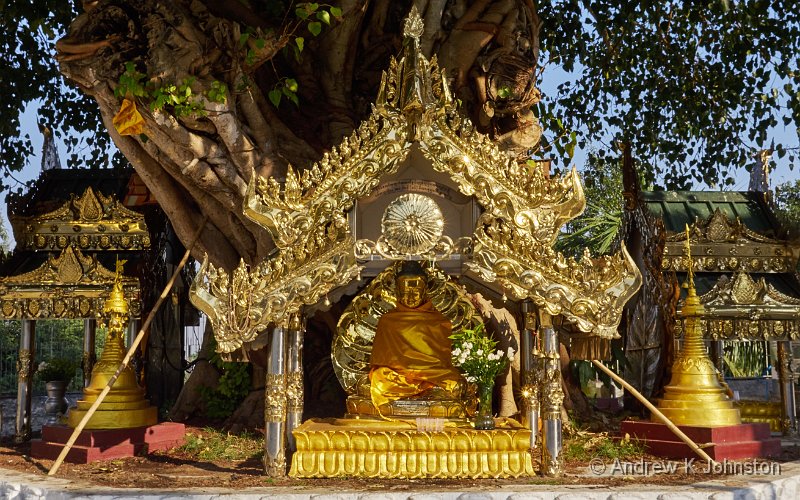
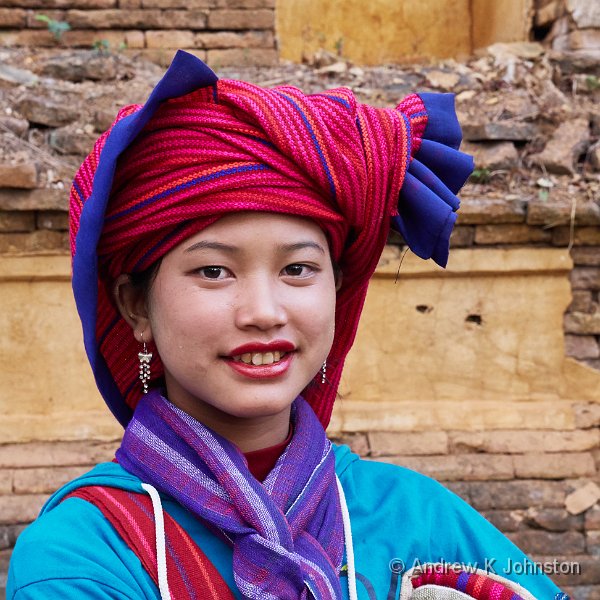
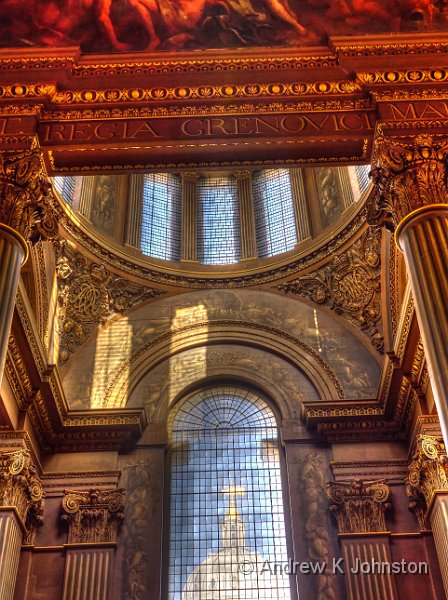

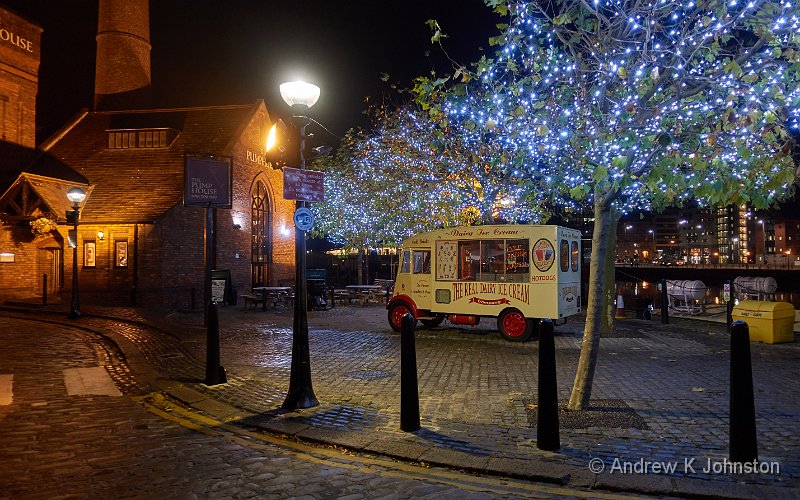
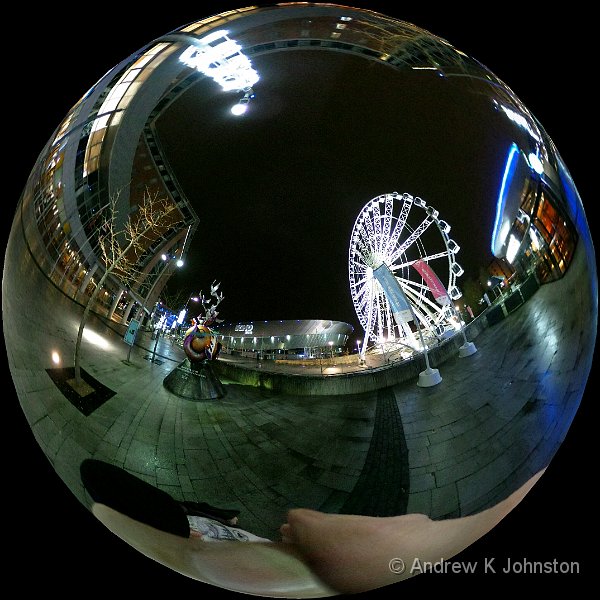


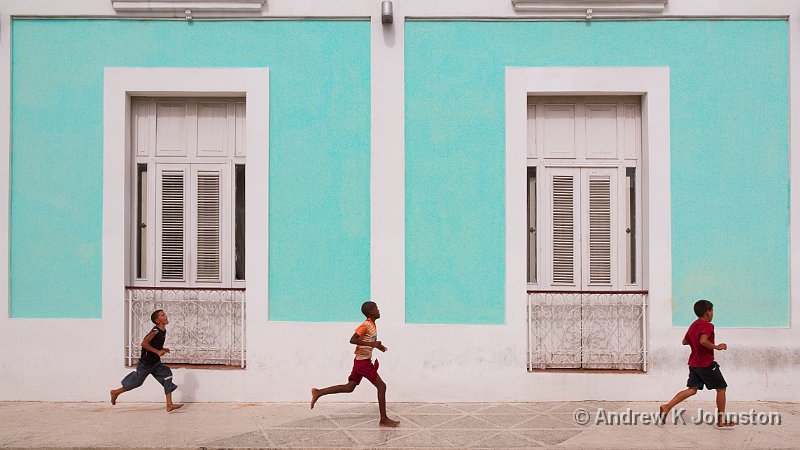
 Thoughts on the World (Main Feed)
Thoughts on the World (Main Feed) Main feed (direct XML)
Main feed (direct XML)